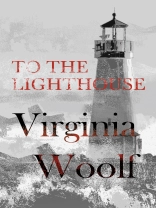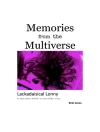Discover one of Virginia Woolf’s greatest novels, To the Lighthouse. A masterful exploration of time, memory, and the complex dynamics of family life, this bestselling novel is an enduring work of modernist literature.
Set on the Isle of Skye in Scotland, To the Lighthouse centres the Ramsay family and their beautiful summer home that overlooks the bay. Through her characteristic stream-of-consciousness technique, Woolf invites readers into the inner thoughts and emotions of her characters, particularly Mrs. Ramsay, who embodies the nurturing force within the family, and Mr. Ramsay, a philosopher preoccupied with his legacy. When we first meet the Ramsays, their home is alive with the vibrancy of life and the hopeful plans of a visit to the nearby lighthouse. Over the course of a decade, Woolf paints a hauntingly beautiful portrait of the family and the passage of time. At the approach of the First World War, the tone of the novel shifts and we witness the house’s gradual decay.
First published in 1927, To the Lighthouse is a meditation on the passage of time and the persistence of memory. Woolf’s innovative narrative structure and poetic prose have made this novel one of the most celebrated works of modernist literature.
Circa l’autore
Virginia Woolf (1882–1941) was an English writer, born in South Kensington, London. Known for her feminist writings and pioneering work with the narrative style of stream of consciousness, Woolf is widely considered to be one of the most influential modernist writers of the 20th century. Some of her most famous works include Mrs. Dalloway, 1925, To the Lighthouse, 1927, and A Room of One’s Own, 1929.












